If you are into portrait photography, you know you can light your subject in many different ways. But have you heard of short and broad lighting?
In this article, I will give you a short introduction to the use of short and broad lighting styles.
When it comes to face lighting, people tend to consider broad and short light as photography lighting setups. But to me they are more a style, completing the chosen lighting setup.
To make it simple, think of a lighting setup as the way you place your studio lights relative to your model’s nose.
A frontal light looking down at the model will create a shadow under the model’s nose. Because this shadow resembles a butterfly, the setup is called butterfly light.
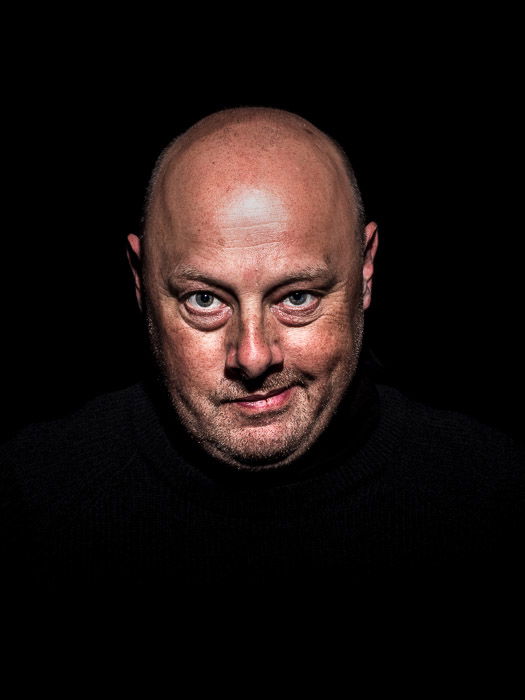
Butterfly light creates a short shadow below the nose.
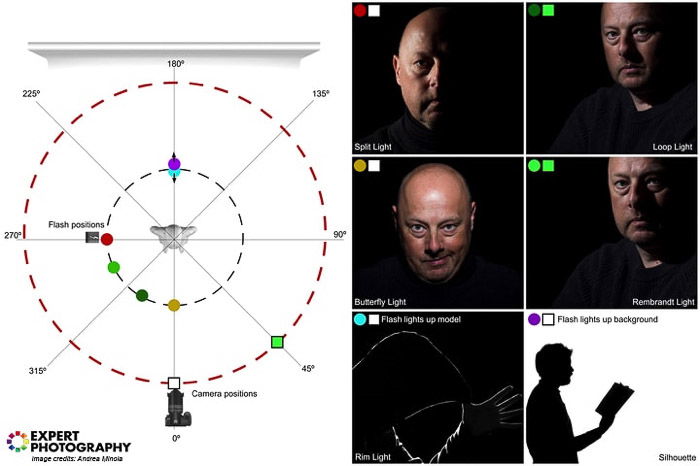
Some of the most common lighting setups are summarised in this chart.
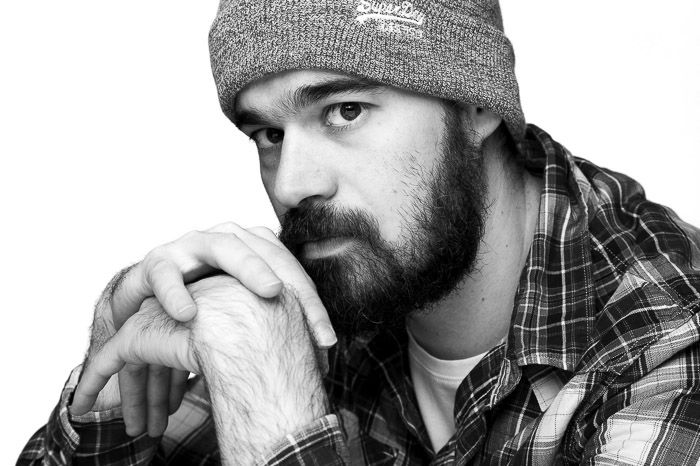
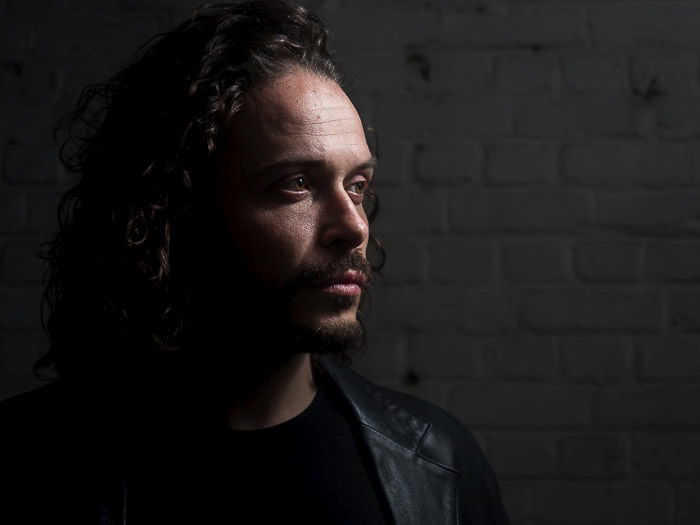
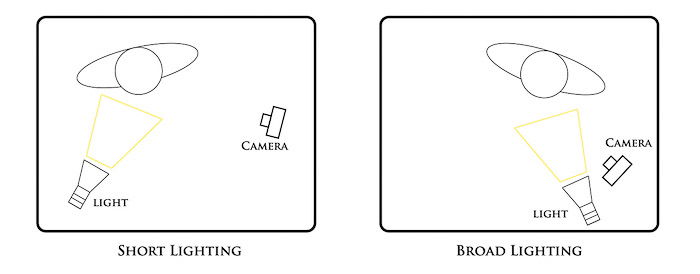
The lighting setup determines the pattern of the shadows across the model’s face. The use of broad or short lights defines how dominant the shadows are in the image.
Let’s look at some general aspects of these two styles.
With short lighting, the shadows are more important. The darker side of the model’s face is predominant in the photo.
Shadowed faces will reveal more features than lighted ones. This will add a 3D feeling to the image.
Shadows are a key element in creating dark and moody portraits.
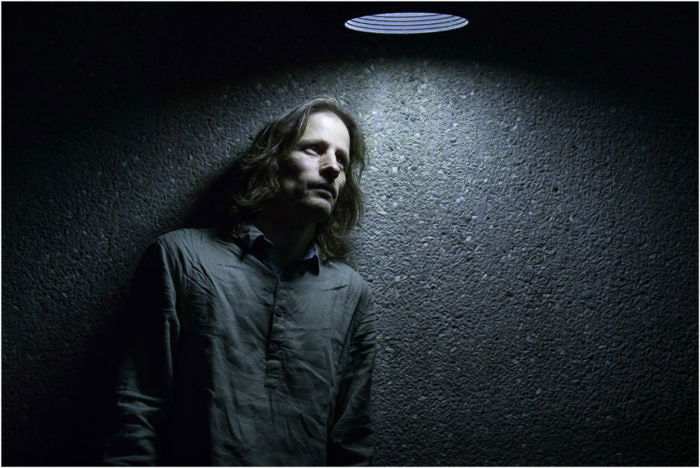
Having shadows add tridimensionality to your portrait and gives it a kind of a dark mood. Image Credit: Patrick Bingbang.
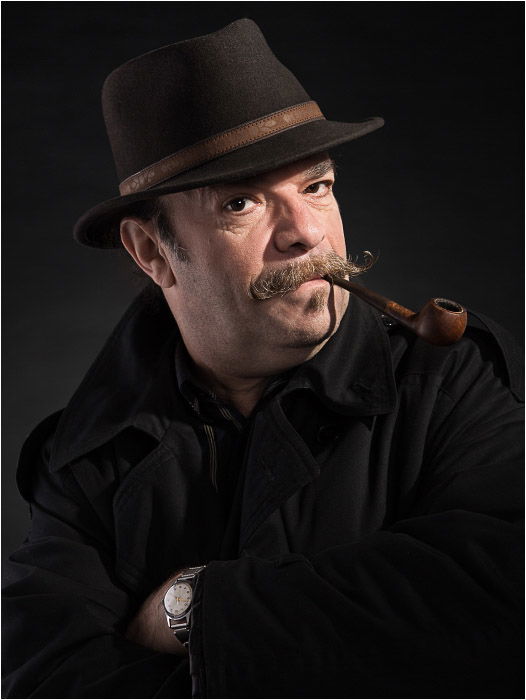
Image Credit: Patrick Bingbang.
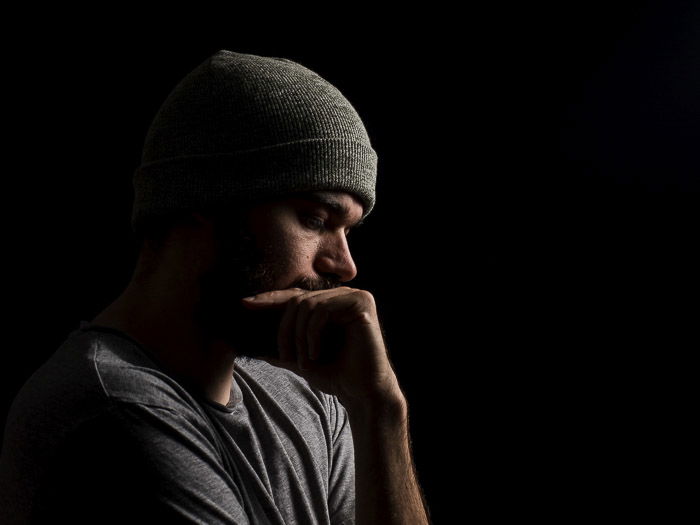
With broad lighting, you are creating a portrait with a brighter mood than images shot using short light.
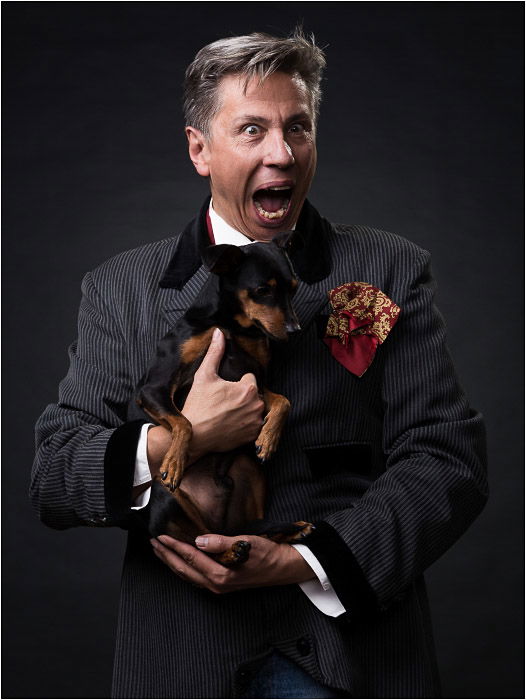
Broad lighting is perfect for a light mood portrait. Image credit: Patrick Bingbang.
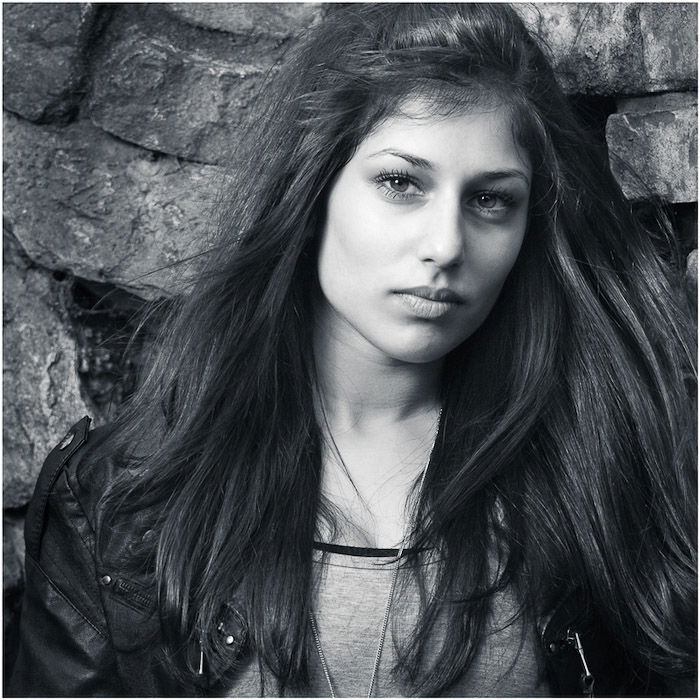
Image Credit: Patrick Bingbang.
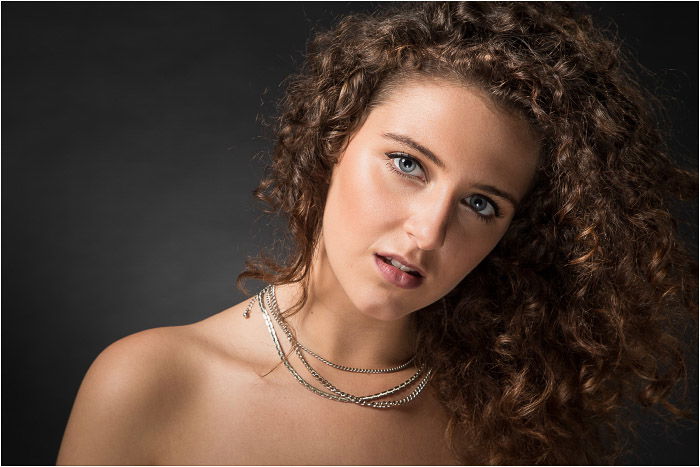
Image Credit: Patrick Bingbang.
There are several factors that affect the way broad and short light styles will look like:
A split lighting setup with a single light source will create the most dramatic effects.
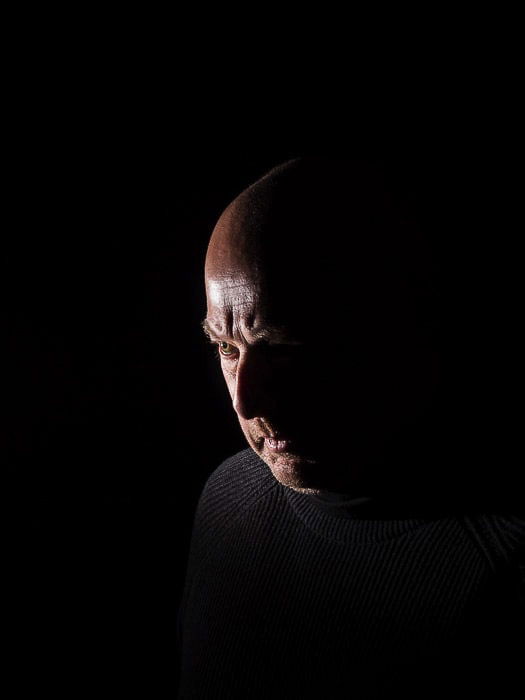
Split lighting with a bare flashgun is ideal to create strong and contrasted Short light images.
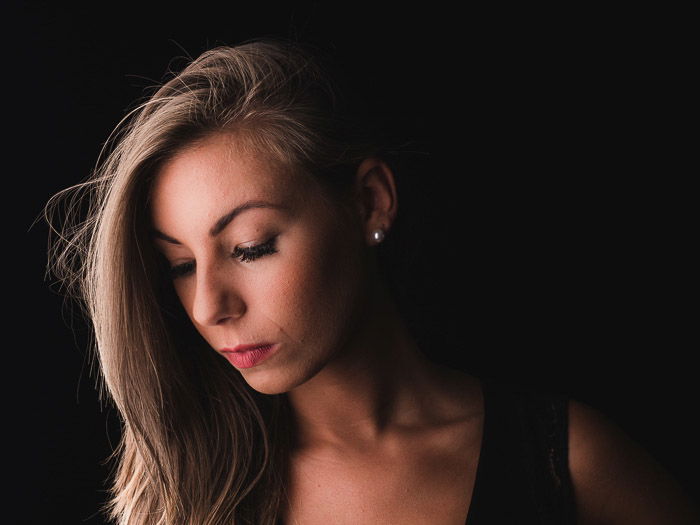
Adding a fill light will help balance the light, creating a softer effect.
Until now, we have looked at how to use broad and short lights in the studio. It’s easier to control the light using studio lights or flashguns.
But everything we said works just as well with natural light.
A simple way to use natural light is to place the model next to a large window in the shade. It is best to avoid using windows in direct sunlight. This is because they let harsh light in.
By using a large window and tuning the model away from it, you can control the light quality. You can choose whether the light will be hard or soft.
With the use of a simple reflector, you can create most of the classic setups presented before.
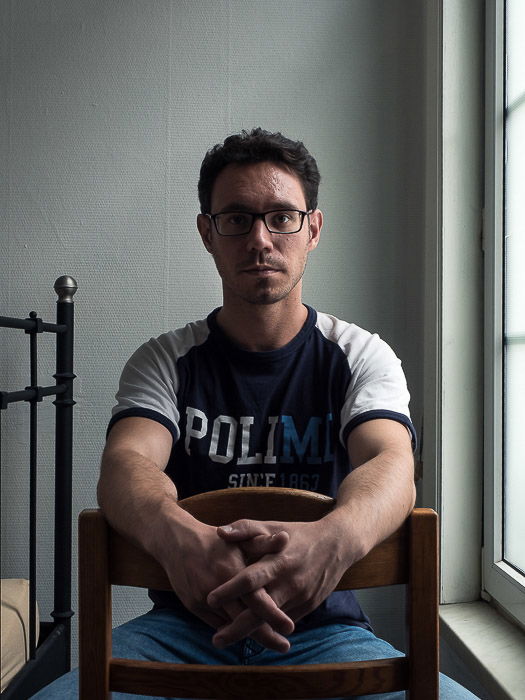
Split light is one of the simplest setups when working with natural light.
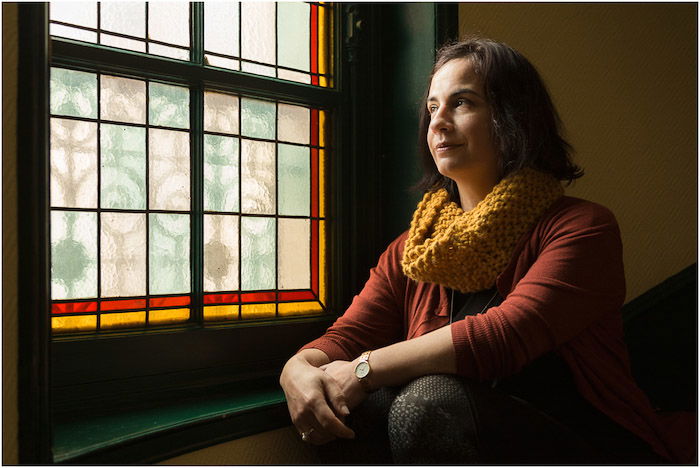
Rembrandt lighting combined with short light for this portrait in natural light. Image credit: Patrick Bingbang.
You have the choice of whether to use broad or short light styles in portrait photography. Depending on the look you want to achieve, either broad or short light will be better.
It is a simple, but fundamental, element in the creation of the image.
Broad and short light work well with your overall lighting setup to set the mood of the image. They can also visually alter how the model looks like.
The next time you are shooting portraits, whether using artificial or natural light, remember that not all compositions are created equal. Keep in mind which style will give better results.
Why not check out our posts on using soft focus or wedding flash photography next!